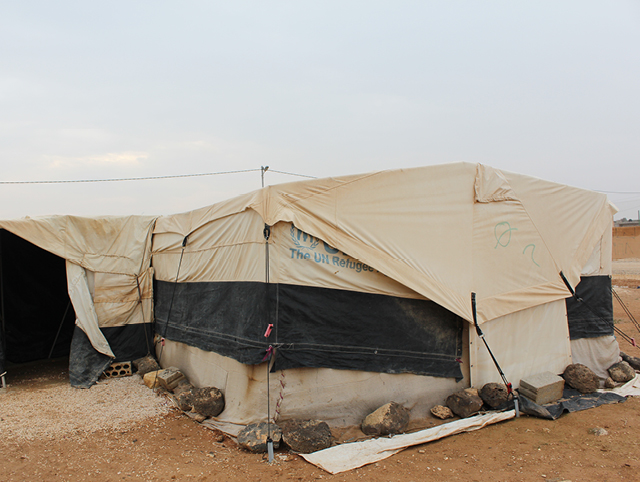A Different Kind of Camping Part V: A Day at the Clinics

Based on our budget and the health concerns in the Syrian refugee camps we served in Jordan, we decided to outfit our mobile clinics with basic medical supplies and equipment that would address the greatest needs. Each RV included standard lab testing provisions, a mobile electrocardiogram, and an ultrasound machine. Our hope was that we could halt infectious diseases such as tuberculosis and pneumonia, while also providing vital treatment for heart disease and diabetes.
Many important questions had to be answered before we could even start the first mobile clinic’s engine: What routes would allow us to treat the most refugees? Which physicians, nurses, and medical students could be trusted to show up and work without pay? How would we stay within our budget? Much of my job involved this preliminary planning, and I labored over each decision. I knew the launch of the mobile clinics would set the tone for the initiative and could go a long way toward determining its long-term viability.
Once we were up and running, I spent each day reviewing expenses and conducting interviews to determine if we needed to make changes to our routes. I also met regularly with donors to garner additional funding and helped them with their own projects by serving as a translator. As often as possible, I’d join one of the RVs on its daily route. While clinical management is rewarding, it could never replace the satisfaction of working face-to-face with patients and seeing the impact we were having on their lives.
I returned to Jordan this past December to see how the clinics were doing. Despite recent crackdowns on freedom of movement, I’m thrilled to report that things are going pretty well. Five vans treat roughly 300 refugees per day along the Syrian border and on the outskirts of Mafraq, Maan, and Aqaba, where the majority of Syrian refugees are undocumented.
Mobile technology has enabled us to convert each RV into a moving primary care clinic that grants patients access to their medical histories and treatment plans. This is a tremendous resource, but the clinics still struggle to bridge the widening gap between diagnosis and treatment. Preventive care can’t help someone who is already sick. And many of the patients are past the point where medication alone is the answer. These refugees need surgery, which is still banned by the Jordanian government unless they, especially non-Jordanians, can afford the exorbitant out-of-pocket costs. The cruel reality is that many Syrian refugees are simply out of luck. They will most likely deteriorate until they can no longer be helped.
Coming up in Part VI: I reflect on my volunteer work in Jordan and what it means for my future and the future of health care.
 The Daily Dose
The Daily Dose
 Sarah Kader
Sarah Kader
Comments are closed.